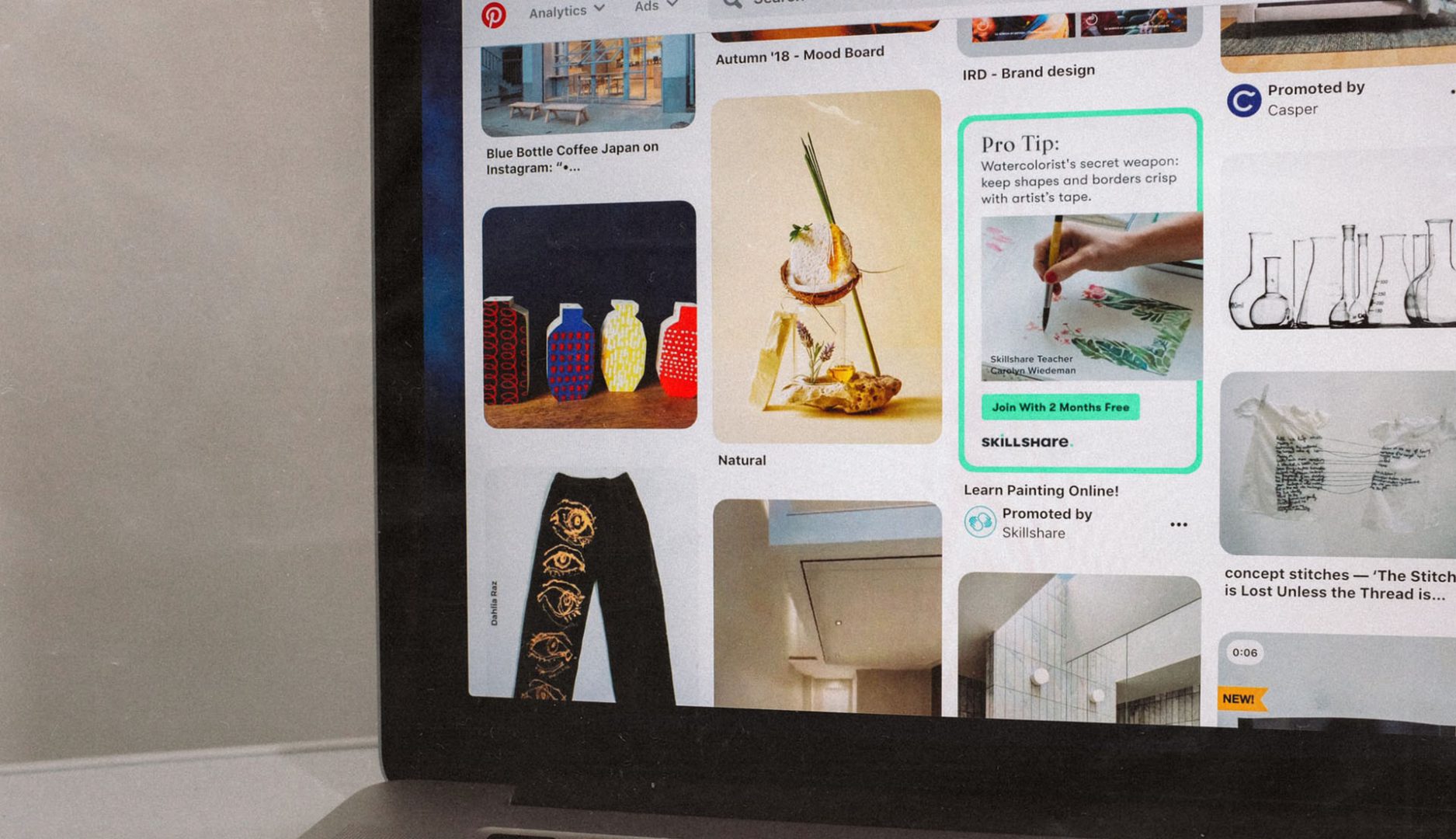Link building is the practice of getting other websites to link back to your own site. Sounds simple, right? But the truth is, building links is one of the trickiest and most time-draining SEO techniques, which requires a certain level of knowledge and skill to get it right. In fact, 65% of marketers consider link building to be one of the most challenging SEO tactics to complete.
The thing is, backlinks are vital for your website visibility and traffic acquisition. The number of sites that link back to yours is one of the key ranking factors with Google. So, the more of them you score, the more authoritative your website will be in search engines’ eyes, and the higher position it will take in SERPs (search engine results pages). The problem is, convincing other web resources to link back to you isn’t easy. It takes a well-thought-out strategy, as well as time and patience.
The tips offered in this article will shed light on the leading practices you can employ to bring your website to the top of search results. But before we get to the practical aspects of link building, let’s start with an introduction.
What are quality backlinks?
A backlink is a link that a website puts on its pages to refer to your site. There are different reasons to do that: to provide a reference for content, to recommend a product or service, to give credit for something, etc. For Google and other search engines, the fact that somebody links back to you proves that your website and its content are unique, credible, and authoritative. In other words, backlinks are viewed by Google as endorsements for your site. And the more of them you earn, the higher your rankings are.

However, not all backlinks are treated equally by search engines. There’s a difference between high-quality links and low-quality links. The former are more likely to bring you better online visibility, while the latter will have little to no effect on your rankings.
Quality backlinks are those featured on quality websites. If your site is referenced by an authoritative web resource that many people visit and use, then you’ve got yourself a quality backlink. On the other hand, you can’t expect your link building efforts to be effective if you only acquire backlinks from trash websites with zero credibility.
How do you know that the website is trustworthy and worth pushing for a backlink? First and foremost, you need to check its domain authority score by using one of the available online tools designed for this purpose, for example, this one. Simply paste the URL of the domain you are interested in, and the system will show you the score. The score of 60-100 is excellent, 40-60 is good, and 0-40 is kinda ‘meh.’ Needless to say, you should target websites with a higher score to get quality backlinks. How? Read on to find out!
Proven link building techniques
Although building backlinks can be challenging, it is still doable as long as you approach it strategically and know a few actionable link-building techniques, such as those listed below.
Create and promote share-worthy content
As obvious as this may sound, this is the surest way of building links from a long-term perspective. Valuable content is always in demand, and if you are capable of producing it consistently, link building will come naturally as part of your content marketing strategy. People will start sharing your stuff of their own will and linking back to your site to give it credit. Of course, developing high-quality content takes loads of time and effort, but the actual result is worth the hassle.

First and foremost, you’ll want to focus on the most popular and share-worthy content formats, such as:
- Infographics and other visuals (images, photos, diagrams, charts, etc.);
- Videos;
- Lists (tips, techniques, top charts, checklists, etc.) – these attract 74% more backlinks than other types of textual content;
- Guides and how-to articles;
- Original research findings (statistics, surveys, industry reports, field studies, etc.);
- Skyscraper posts (search the web for the most popular article on a given topic and make yours even better and more complete).
These content formats are highly sought after and easy to digest and share, so they will likely bring you lots of backlinks with due promotion. With that in mind, we move on to the next point.
Contact people who might be interested in your brand or content
No need to be shy. Reaching out directly to bloggers, journalists, influencers within your niche, and companies you mention in your articles is a widely acceptable link building practice. As long as you have value to offer with your products, services, or content, many people will be happy to tell their audiences about you and credit you with coveted backlinks.
Let’s say you’re selling healthy organic food products. Search the internet for popular bloggers who cover the topics in this particular field. Social media will be of great help for your initial research. Then reach out to those people by email or private messaging and introduce yourself and your company. Suggest linking back to your site in one of their posts and point out why this would be beneficial for both parties and, most importantly, for the blogger’s audience. You can offer a reciprocal gesture, such as placing their link on your own site or mentioning them in one of your social media posts. Just make sure to maintain a friendly and gentle tone. When composing your pitch, be concise, specific, and diplomatic, but avoid being pushy. View opportunities like this as a way to build relationships rather than to get your link through.
While promoting your entire brand and website to industry experts and influencers might be straightforward, offering your top-notch content is a more delicate way to acquire backlinks. Just like you pitch your brand, you can pitch your best articles, infographics, and videos to those who could make use of them.
Besides, there are services out there that can help you connect with your potential link-building channels. For example, Cision’s HARO allows you to offer expertise to journalists and reporters who seek credible and authoritative sources for their own work.
Engage in guest posting
Guest blogging is a classic link-building technique. Not only does it allow you to disseminate your backlinks effectively, but it is also a great way to build relations with major players in your industry.

Guest posting is pretty much about promoting your content, but outside of your own website domain. The whole process comes down to the following steps:
- Find popular web resources within your niche that accept guest posts.
- Reach out to offer a relevant content piece of your authorship.
- Once your offer is accepted, write a high-quality article on the previously approved topic.
- Include a link to your website in the piece. Make sure it feels organic and not too promotional.
- Send the article to the publisher (website owner).
In the end, this is win-win cooperation. The website owner gets a piece of high-quality content for free, and you get a backlink and additional exposure.
Pro tip: If you manage to link your guest post to another one you previously made, you will endorse the latter and make it more authoritative (which, in turn, is good for your backlink). The publisher will likely recognize the effort and be more inclined to invite you for another guest post.
Get backlinks from resource pages
Resource pages exist to store links to valuable content or tools related to a specific topic or industry. Simply type “[keyword] helpful resources” (where [keyword] is a word or phrase that describes your topic) in Google Search, and see the examples of such pages. They usually attract a lot of visitors because of their high informative value, so you’ll want your site to be there not only because of backlinks but also to get exposure.

The flow for this link building technique is pretty standard:
- Find relevant resource pages on Google (use queries such as “[keyword] links,” “[keyword] inurl:links,” etc.);
- Check whether you’ve got a piece of content that could be a valuable addition to the page;
- Reach out to the page owner by email and gently propose adding your link as another helpful resource.
Broken link building
This is one of the most rewarding ways to get backlinks as it comes down to helping people find broken links on their websites and replace them with working ones – ideally, yours.
A link can be broken for many reasons. For example, the site or page could move to another URL or no longer be available. Anyway, your goal is to find such links and try to replace them with relevant links to your own website.
- Find articles, blog posts, or resource pages related to your topic;
- Check them for broken links by using tools, such as Check My Link, Broken Link Checker (both are Google Chrome extensions) or the like;
- Write an email to the webmaster and politely inform them about the broken link, specifying the exact URL of the page where this link can be found;
- Offer your own alternative for the broken link.
Since you’re not just pitching your link but suggesting replacing a link that doesn’t work anymore, webmasters are more likely to give you a positive response.
Link reclamation
You’ll be surprised to know how many mentions of your brand or content can be found throughout the web. However, not all of them link back to your site, and if they do, the links may be broken. This can happen for multiple reasons:
- Your linked page no longer exists or was moved to another URL. There are two ways to go around this issue. You can fix this on your own end by restoring the page or moving it back to the original URL; or you could ask the owner of the site where you found the mention to replace the link with a relevant one.
- The webmaster didn’t provide a backlink. In this case, you should contact them with a polite request to fix it.
- Your images and other graphic assets are used without crediting your site. This happens quite often, so don’t be quick to accuse anyone of violating your copyright. Instead, ask the webmaster to provide a link to the original image on your site to get yourself one more backlink.
You can locate your brand or content mentions by simply entering the name of your brand or content piece within quotes in Google Search. However, it is much more effective to use SEO tools like BuzzSumo or Mention.net. Unlinked images can also be found via Google’s reverse image search.
Internal link building
Backlinks from other websites can boost your ranking performance, but as a matter of fact, internal links that you build from one page of your website to another are recognized by Google as a way to increase the user experience, which, in turn, bolsters the credibility of your content. In addition, internal links encourage visitors to see more of your pages, thus, increasing engagement and session time, which Google factors in when ranking your site.
Therefore, when creating a website, make sure to maintain a good internal linking structure. This will have a positive effect on your SEO.
Conclusion
Although link building might seem daunting at first glance, it is definitely something you can accomplish with due diligence. Remember, however, that building backlinks pans out more effectively as long as you consistently produce unique and useful content. Content is a foundation and a key prerequisite for successful link building. However, quality content alone cannot guarantee success. You need to promote it and, most importantly, build relationships with other authoritative sources in your industry to get the word out about your brand and content.


